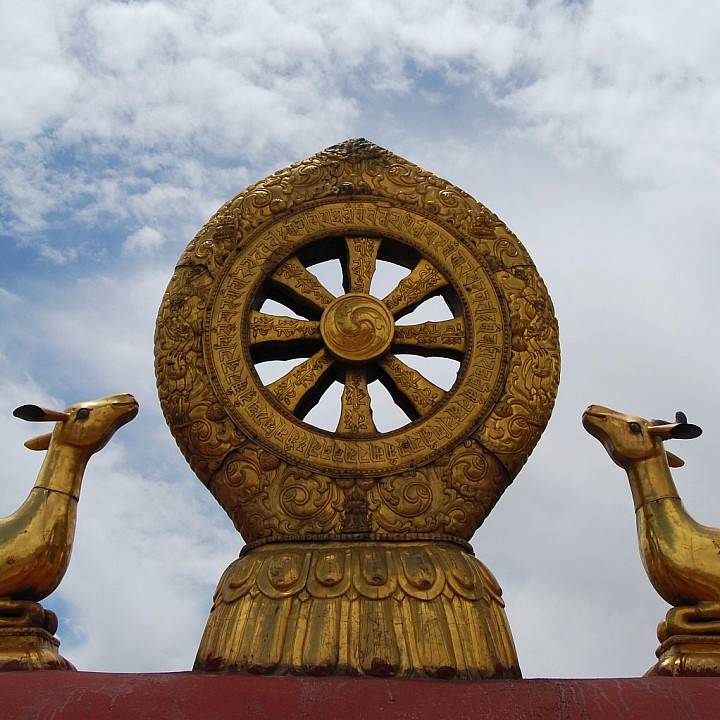Buddhism 101
- Introduction to Buddhism
- The Four Noble Truths
- The Noble Eightfold Path
- The Five Precepts
- Karma and Rebirth
- Meditation and Mindfulness
- Buddhism and Ethics
- Buddhism in Daily Life
- Buddhism and Death
- Buddhism and Other Religions
- Buddhism in the Modern World
- Buddhist Art and Culture
- Course Review and Reflection
Meditation and Mindfulness
Unit 2: Techniques of Mindfulness

One of the principal teachings of the Buddha.
Mindfulness, known as "sati" in Pali, is a key practice in Buddhism. It is the seventh element of the Noble Eightfold Path and is considered essential in achieving enlightenment. This unit will delve into the techniques of mindfulness, providing a comprehensive understanding of its practice.
Understanding Mindfulness
Mindfulness is the practice of bringing one's attention to the experiences occurring in the present moment in a non-judgmental and accepting manner. It involves being aware of our thoughts, feelings, bodily sensations, and the surrounding environment. It's about observing what we are experiencing, as we are experiencing it, and without reacting to it.
Mindfulness of Breathing (Anapanasati)
Anapanasati, or mindfulness of breathing, is a core meditation practice in Theravada Buddhism. The practitioner focuses on their breath, observing it without trying to change or control it. This practice helps to calm the mind and develop deeper concentration.
Mindfulness of Body, Feelings, Mind, and Phenomena (Satipatthana)
Satipatthana is the establishment or foundations of mindfulness. It is a method of meditation that involves contemplation of four aspects of existence: body (kaya), feelings (vedana), mind (citta), and phenomena (dhamma).
-
Body: This involves being aware of the physical sensations in the body. It can include practices like body scan meditation, where attention is moved through different parts of the body, observing sensations without judgment.
-
Feelings: This involves observing feelings or sensations and recognizing them as pleasant, unpleasant, or neutral. It's about noticing these feelings without becoming attached to them.
-
Mind: This involves observing the state of the mind. Is it lustful, angry, deluded, distracted, concentrated, or otherwise? The practice is to simply recognize the state without trying to change it.
-
Phenomena: This involves observing all other mental phenomena, including thoughts and emotions. It's about recognizing their impermanent nature and not identifying with them.
Walking Meditation
Walking meditation is a form of meditation in action. In walking meditation, mindfulness is practiced while walking. It involves being aware of the physical act of walking, paying attention to the sensation of standing, and the motion of the feet and the rest of the body.
In conclusion, mindfulness is a fundamental practice in Buddhism that helps cultivate a deeper understanding of reality and oneself. By practicing mindfulness, one can develop a calm and concentrated mind, paving the way for insight and, ultimately, enlightenment.